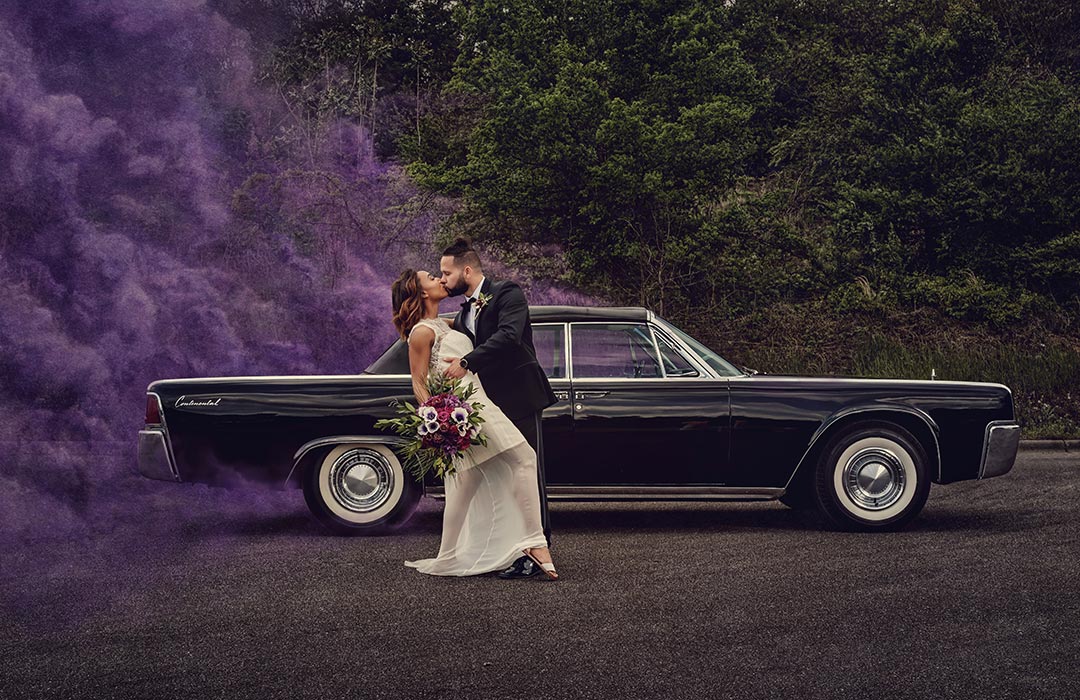Previously published in Success Magazine by H&H Color Lab, 2020
Whether you have been in business for five minutes or five years, you are probably looking at ways to make more money. But when it comes to photography, you can either shoot more or create more ways for clients to purchase from you. The first way is often referred to as shoot and burn, meaning that your business model revolves around high volume and delivering digital files to your clients with the expectation that digital files are the only thing people want anymore.
One of the biggest complaints we get when talking to someone about in-person sales (IPS) is that no one wants to print or buy pictures anymore. I whole-heartedly disagree with this mindset. A primary example of this is Shutterfly. According to their Q2 2018 report, their consumer segment sold $165 million in printed product. So, people want to print pictures, they are just not buying them from you.
When we realized that another company was taking our potential profits from us, we quickly made the decision to switch to in-person sales. At the time, I was burnt out from trying to book enough weddings to meet our yearly goals, when instead I could have been shooting less and making more. I didn’t quit my nine-to-five to grind through an eighty-hour work week for little-to-no money.
After over a year of doing IPS with N-Vu, we have found our clients really value our opinion and, in fact, want us to help in the decision about what to put on their walls. Still not sure if you should make the switch?
Here are our four top reasons you should switch to IPS:
You’ll make more money
Now, this is dependent on you. IPS will make you more money as long as you price it accordingly. You have to charge enough to actually make the IPS process profitable. We usually recommend a profit margin of around 60 to 70 percent. This may sound high, but when you factor in discounts, overhead, cost of goods, and any costs related to the session, it is very appropriate. To prove our point, in the six months after starting IPS with N-VU, we made over $8K in profit and have already surpassed that for this year. Imagine an extra $10K in your bank account.
Your clients will actually print their images
According to a study done by PPA, 42 percent of consumers do not print images anymore. The article doesn’t say they won’t do it—it states they aren’t currently. In the age of social media, clients are becoming more concerned about what’s online versus what is actually printed in their homes. One of the biggest factors of why they don’t print is that they don’t know what to print. Images look better when they are printed in certain ways. Some images look striking on canvas, but others will look way better on metal, acrylic, or the H & H Edge Collection Designer Blocks. Doing IPS, allows you to share your expertise and get your clients’ images printed. The shoot-and-share model does not allow for this interaction and the extra layer of client experience.
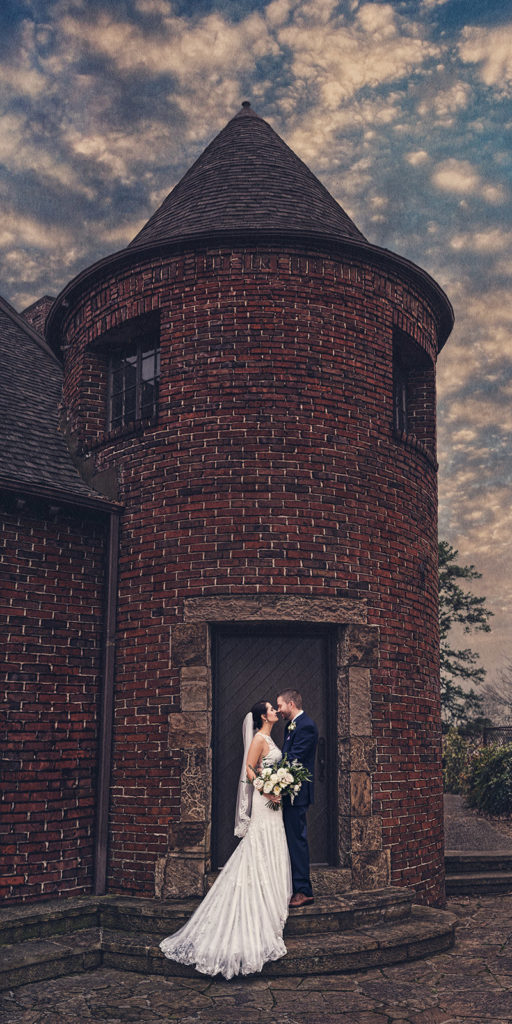
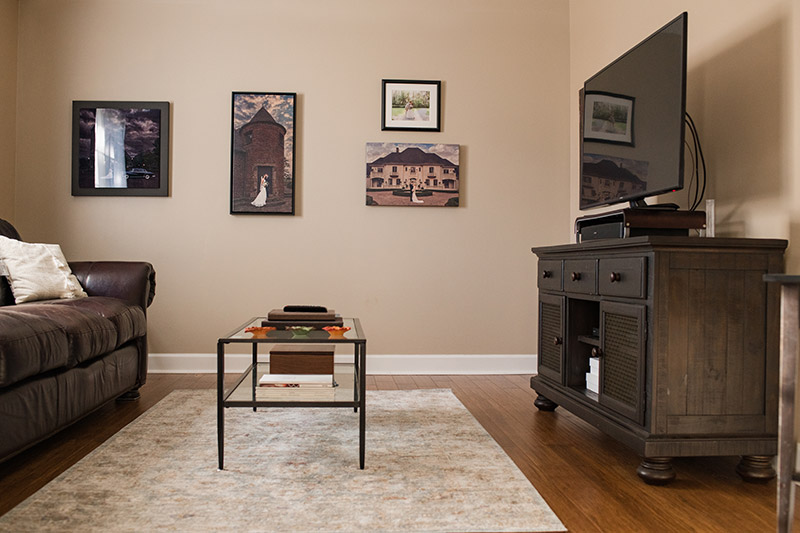
Your clients do not have time
Your clients have busy lives. Think back to being a newlywed, where you had to change names and insurance policies, and even move your house. Printing their photos is the last thing on the newlyweds’ mind. That same PPA study reports that “53% of consumers haven’t printed a photo in more than 12 months.” We can attest to this, as before we implemented IPS, none of our clients printed photos even two years after their wedding. To make it worse, the ones that did do it did not print above an 8×10, even though they owned the largest resolution I could give them. I can’t imagine paying over $3K for a wedding photographer and just having your images hang out on your computer or on a desk. Clients want wall art. IPS allows you to help them and save them time while doing it.
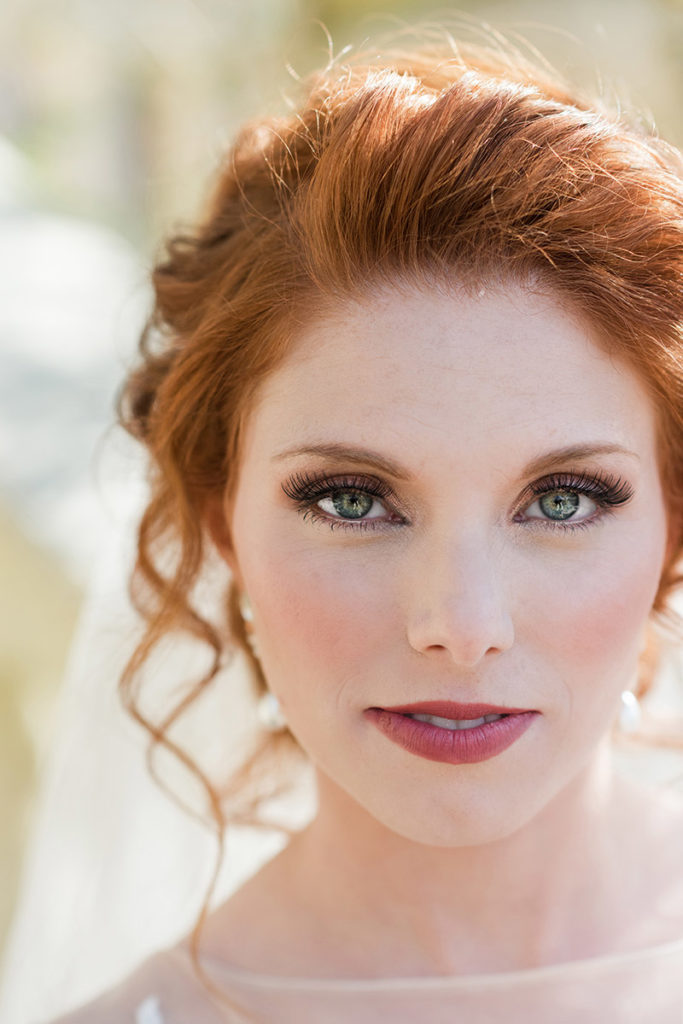
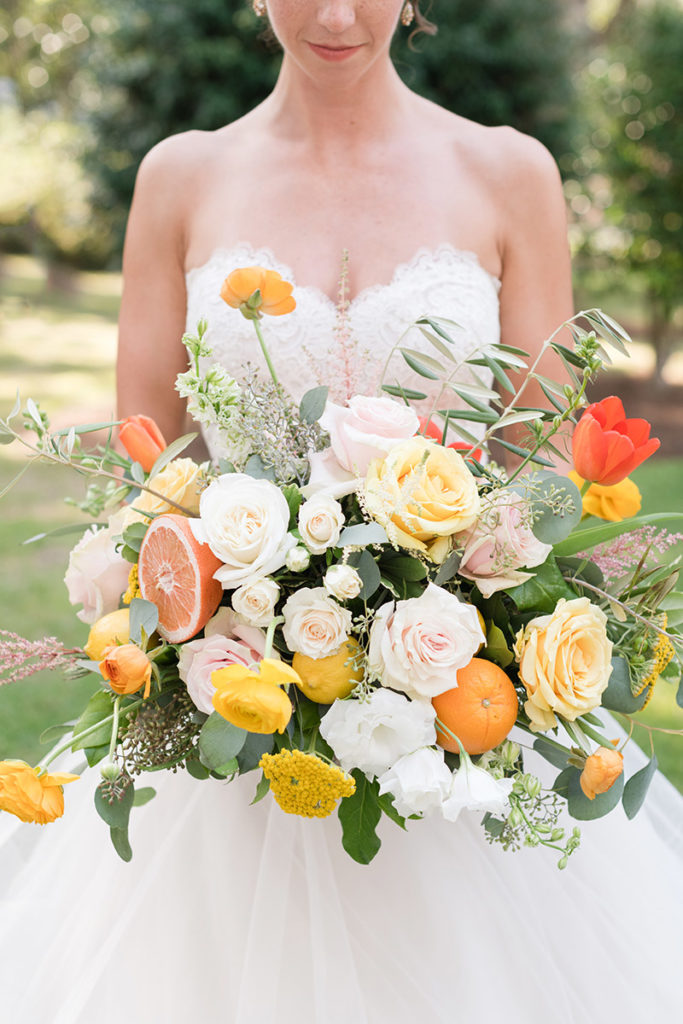
You can offer a full experience
Imagine buying a really expensive set of curtains for your home. When they get to your house, they sit there, and you don’t hang them for months because life gets in the way. What if the company you bought them from offered installation services—wouldn’t you pay for it? For photographers, the shoot-and-share model is an incomplete service. In effect, we are saying “spend $3K on my service so I can provide beautiful images for your computer, where they will live forever.” Using the IPS model allows you to serve your clients from beginning to end. You walk them through the wedding and buying their album, and then how to order wall art for their home. This service gives your client a complete experience that they will rave about online (which, in turn, will bring you more customers!)
So, are you ready to jump in, but not quite sure how to switch your current clients to your new model without making anyone mad? I get it!
We jumped back into IPS with our clients five years ago, after stopping cold turkey, and even as we did it, we still had those fears. However, after a year of using N-Vu, we must say that for us, those fears were unwarranted. We learned the most important key is to educate and communicate with your current clients in a way that gets them excited about the changes.
Here is how I did it:
- Communicate the change. We had 11 weddings booked when we started implementing in-person sales with N-Vu. That was 11 weddings we weren’t willing to walk away from without having a design session—our term for IPS. So, we first reached out to our clients who’d just had a wedding, but had yet to receive their images. We explained that we were offering a brand-new service to our brides that had not been available to them earlier. We gave them the option to be the first to experience the design session with us (IPS). Every single couple said yes.
- Offer Upfront Pricing. No one likes sticker shock. If your clients come in to purchase and realize your prices are 5, 10, or even 15 times more expensive that what they were expecting, recovery is very difficult. We send a pricing menu to all couples ahead of time, so they are aware of their potential investment. This eliminates them walking in to a design session expecting drugstore print prices. We offer a boutique, high-end product and service. Make sure your prices match the extra value you provide.
- Educate. In addition to communicating pricing ahead of the meeting, you also need to educate your clients about what to expect. This includes sharing with them the quality and type of products they can expect, how the sales process works, and the value your design sessions provide them. We do this through an email cycle and a prerecorded video.
- Involve Them. We love N-Vu’s Room-Vu feature. It allows us to create custom gallery wall designs with our clients’ artwork beautifully displayed at the right scale. While sample rooms can be helpful, we found our sessions to be more successful when clients provide photos of their home ahead of time. We educate them on this process through emails, and request they text us all rooms they or their parents are considering for wall décor.
- Get Social. Every time we have a design session, we share it on social media. Sometimes that is Facebook Live; other times it’s through an Instagram story. Either way, it trains our clients to expect a design session and preps prospects for the products we offer. It gets them familiar with the process, even if they booked before we had been doing IPS. A recent client asked during her engagement session when it would be her turn to pick out her photos, and how long it would be until she would meet with us. Because she followed us and had seen our social shares, her expectations were already set.
By implementing these five steps, we were able to smoothly make the lucrative switch to offering IPS to our clients. We have found that clients have higher satisfaction with their experience, and we feel we are offering a better and more complete service to them. So, stop waiting until a new client comes through your door to make the switch. Do it now—your clients will thank you!
About the Author: Meredith Ryncarz
Meredith Ryncarz is a former college art professor turned photographer (Meredith Ryncarz Photography) and creative business coach (The Restart Specialist) in Savannah, Georgia. She is an Army wife and a momma to two crazy minions. She is obsessed with helping photographers develop a flexible and efficient business model that enables them to thrive in the market they are in or the market they want to be in. An INFJ with a pursuit for deep conversations held over a glass of whisky, Meredith can be found at the nearest hole-in-the-wall restaurant with her kids and husband when she isn’t working.
